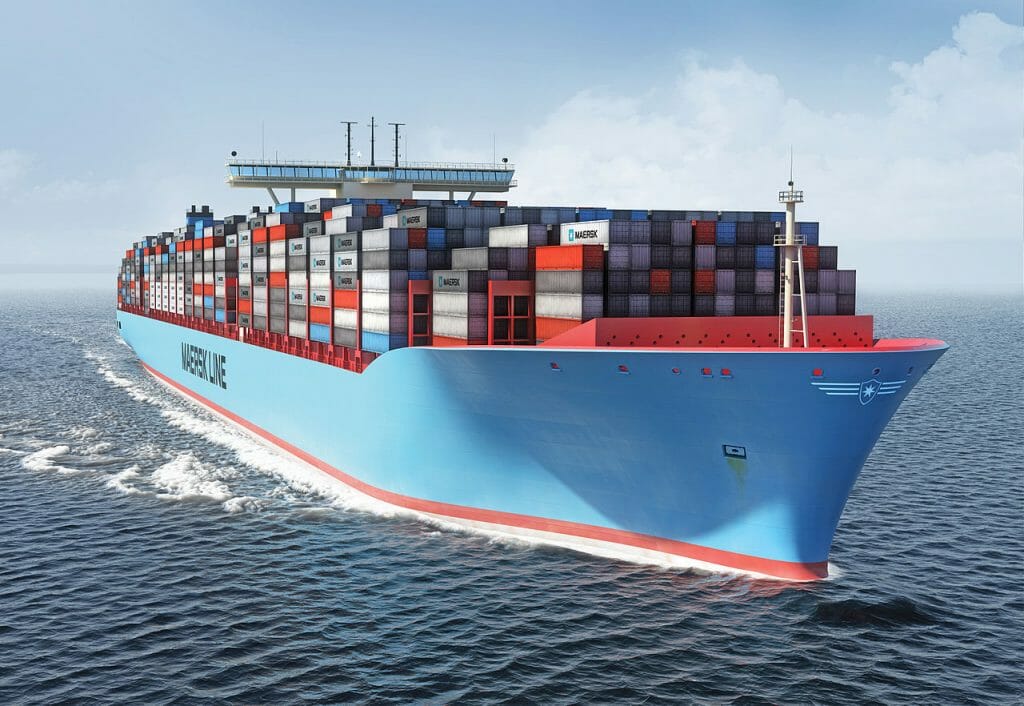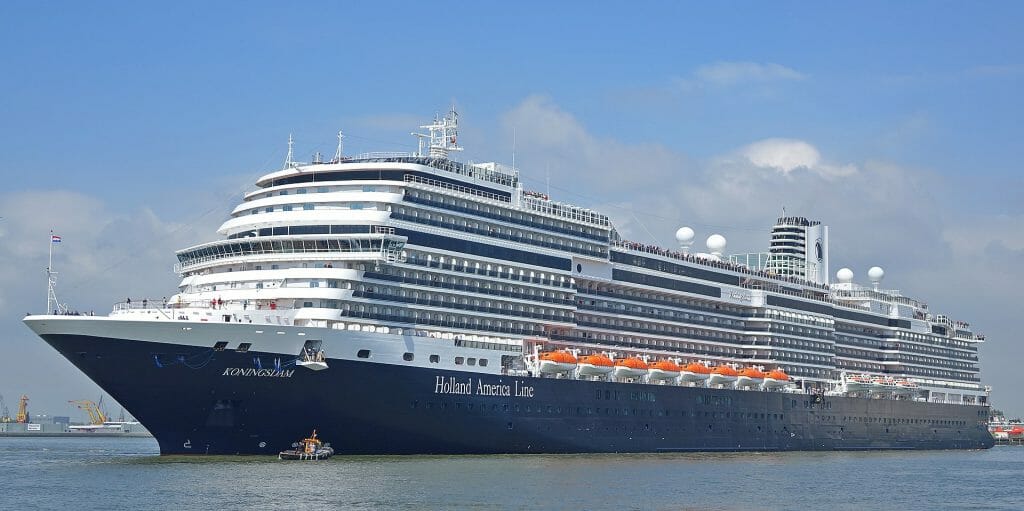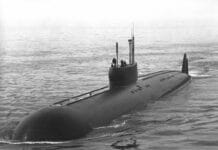80 % of our goods by volume at some point in their existence are transported by ships. Ships are incredibly important for our civilization, its progress and the future. However,they are also rather slow. But how slow?
Back in the first half of the 20th century, when aviation industry was starting to reach its stride, people believed that one day planes will deal with most of our cargo. That didn’t happen. Boeing 777F, a cargo version of the regular 777, has a capacity of 102 tonnes, while 747-200F’s payload is not much bigger at 110 tonnes. This means that cargo from either of these planes could be shoved into 3-4 shipping containers. And a normal container ship (Neopanamax category) has a capacity of around 10-14.5 thousands of such containers.
This, hopefully, explains, why we are not exploiting faster freighter planes even more. It’s about economy in scale – while cargo ships are nowhere near as fast as airplanes, they can deliver goods at much smallers costs, just because they carry much more stuff at the same time.

But let’s focus on speed for a second. Speed of a container ship is limited by economy and not technology by itself. If we needed to build much faster container ships we could, but then they would use more fuel and shipping would become unbearably expensive. It is all about the balance between “time is money” and “fuel is also money”.
And so now large ocean ships are travelling at these sort of speeds:
- Cruise ships: 20-25 knots (37-46 km/h);
- Container ships: 16-24 knots (29.6-44.4 km/h);
- Bulk carrier: 13-15 knots (24-27.8 km/h);
- Tanker: 16-17 knots (29.6-31.5 km/h);
- Car and truck ships (RoRO): 16-22 knots (29.6 40.7 km/h).

Car and truck ships (RoRO): 16-22 knots (29.6 40.7 km/h).The maximum speed of a ship depends heavily on its size and purpose. Maersk Triple E-class container ship can reach a maximum speed of 23 knots (42.6 km/h). Meanwhile a nuclear-powered Nimitz-class aircraft carrier can go over 30 knots (56 km/h). This is because container ships are designed to carry a lot of stuff from one place to another as cheaply as possible while aircraft carriers are designed to react to unexpectedly emerging situations as quickly as possible. “Cheap” and “quick” are mutually exclusive.

In the future ships may slow down even more, because of environmental concerns. By reducing the speed by 20 % shipping industry could cut its sulphur and nitrogen oxide emissions by around 24%, while also reducing noise pollution and avoiding a majority of collisions with whales. This would also help saving fuel, but we will see what decisions are going to shape the future of shipping industry.




